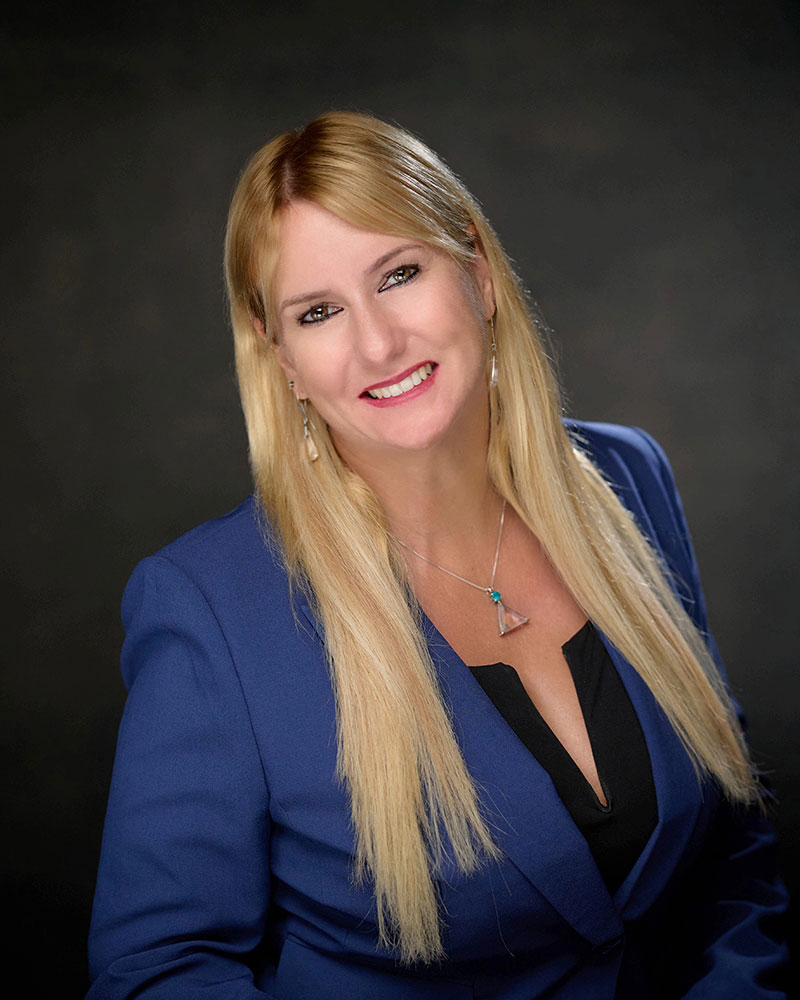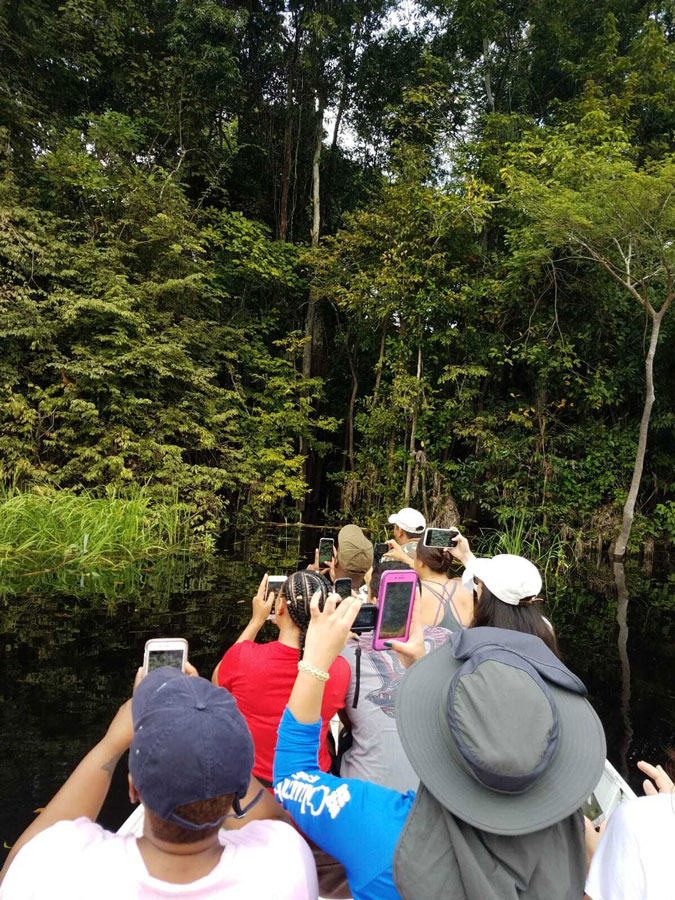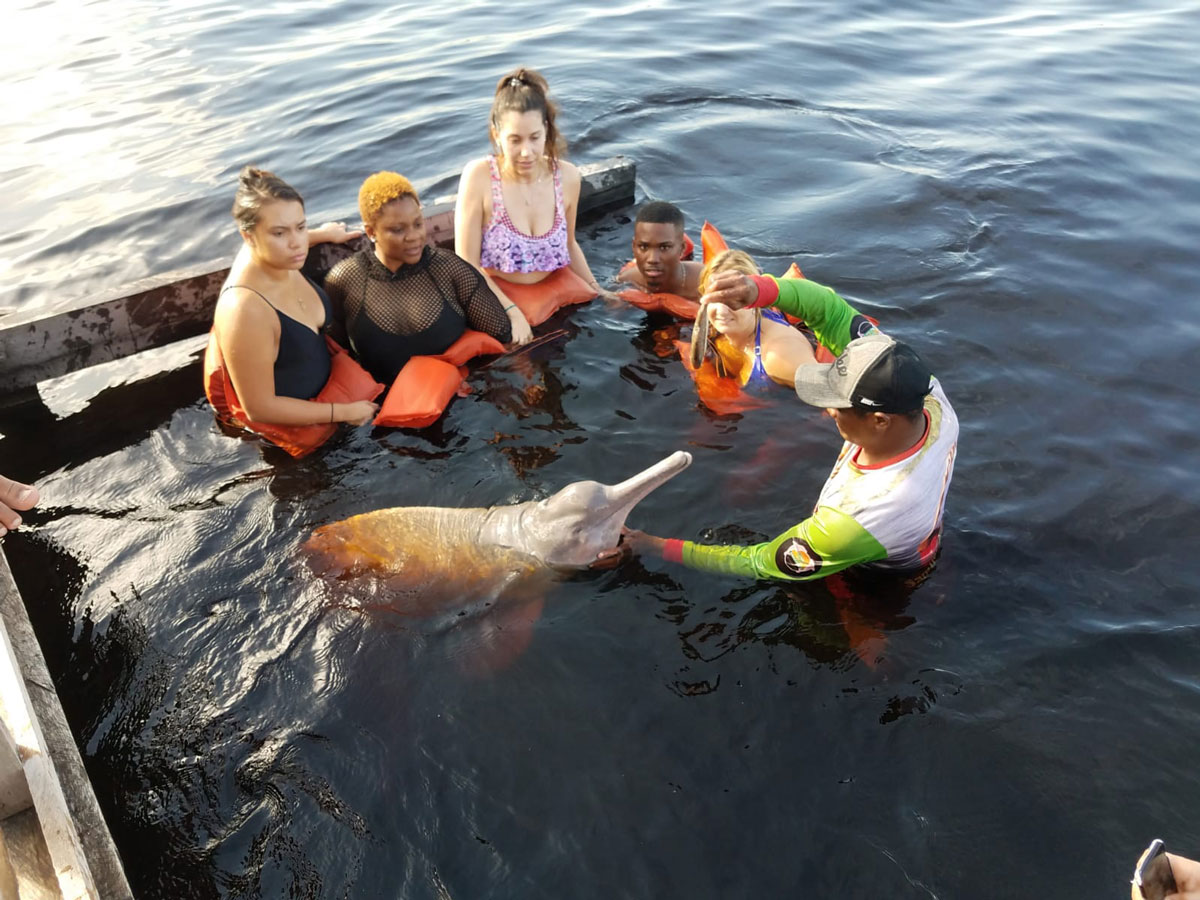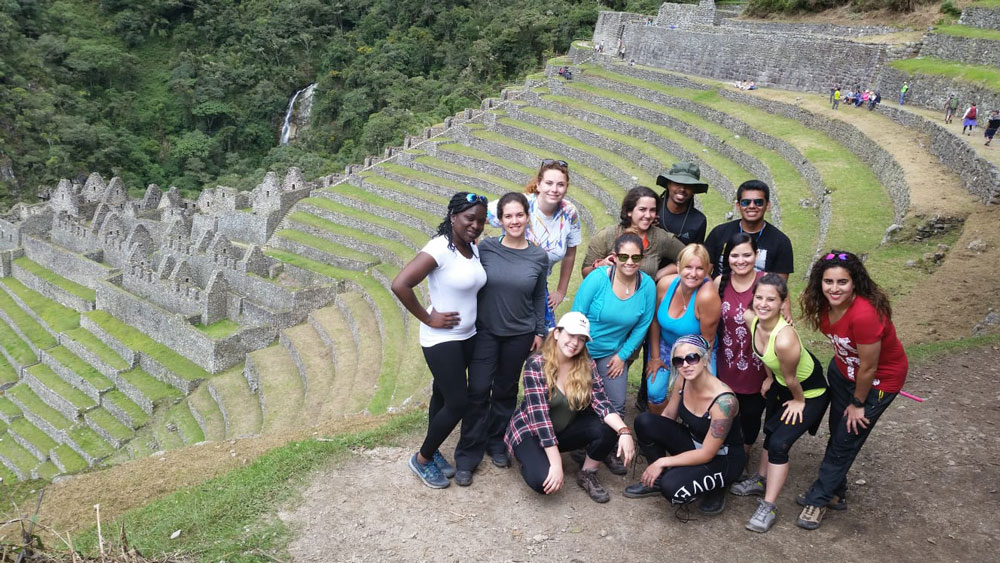5 guiding forces for the hospitality and tourism industry

Dec 13, 2021, 12:00 PM.
article key points
FIU Professor Carolin Lusby discusses the global topics worldwide organizations will face.

What we’ve learned over the last two years is that as much as you try, you cannot prepare for everything, surmises Carolin Lusby, associate professor at the FIU Chaplin School of Hospitality and Tourism Management, and co-director of the new online B.A. in Global Sustainable Tourism .
With the new year in sight, Lusby offers her thoughts on the future of the hospitality industry, its shifts and the awareness that has come because of COVID-19 and the fast growth of tourism.
“Travel is now part of life, it includes independent travel and authentic and cultural experiences, which are growing areas,” she says.
Making connections
A native of Germany, Lusby grew up in Europe and traveled extensively. It’s on these travels where she made friendships, created understanding and became enamored with the hospitality and tourism industry.
“Not all travel is created equal,” she says. “You can stay in your bubble or get to know the nature and local communities.”
Practicing full immersion, Lusby developed two passions, which really work in synergy: the well-being of people and connecting people to others. Her focus on personal relationships, she comments, has shaped the way she approaches her research as she’s been published extensively on the cultural benefits and threats of global tourism.

Miami microclimates
Lusby discusses Miami as an interesting case study because of its “microclimates” and how the city has tried to get away from the typical beach and nightlife idea. The new emphasis is to create microclimate draws with more eclectic pulls like Wynwood, Little Haiti, the Everglades, etc., that highlight the unique subcultures that Miami possesses. She adds that Miami also has many “greening” needs.
“There are definite environmental issues like sea level rise and red tides that we have to be aware of within hospitality and tourism,” she offers. “But there are so many smaller movements happening like food recycling, clean-up programs and volunteering that tourists can connect with.”
Along those lines, Lusby outlines five ways the hospitality and tourism industry will connect with consumers. These areas, she says, will be the guiding forces over the next few years for the industry.

1. Generational differences:
There are changing generational differences happening and much more of an awareness of experiences. For 60 years, explains Lusby, hospitality and tourism experienced fast growth, but travel was more passive. Now, it’s a part of life and there is more of an emphasis on authentic experiences and culture.
2. Well-being through travel:
Another growing trend is the idea that well-being and wellness can be achieved through travel. Again, with experiences at the forefront, hospitality and tourism in the broader sense are moving toward more personalized experiences and accommodations. The emphasis is on people and the planet, describes Lusby.
3. Sustainability:
A Top Scholar recipient for 2021 at FIU, Lusby is a certified Green Globe Auditor and is on the board of directors for Florida Society for Ethical Ecotourism, a non-profit organization dedicated to environmental awareness. Lusby notes that the B.S. in Global Sustainable Tourism helps address sustainability from every aspect of the hospitality and tourism industry. What used to only be seen in niche markets is now mainstream in mass markets. A lack of sustainable practices also affects cultures, she says. New methods work to highlight authentic experiences for travelers while they preserve local communities and even offer the communities benefits for their connection to tourists.

4. Influences of local and global crises:
Any kind of crisis including illnesses such as the Zika virus, COVID-19 variant outbreaks as well as political turmoil will deter not only domestic travelers, but international travelers as well. After the 9/11 terror attacks on our nation, the U.S. government invested in Brand USA to help change perceptions overseas and encourage visits. The mission of Brand USA’s destination marketing is to increase international tourism and spend within the U.S., while increasing the U.S. tourism dollars. This kind of marketing and communication has been essential in a world affected by a pandemic, emphasizes Lusby.
5. Workforce shortage:
The pandemic hit the hospitality industry harder than most. As a result, there is an ongoing challenge to find labor to work in hotels and restaurants, while demand is up from customers. This shortage has brought the industry to a crossroads. Operational shifts are occurring, and innovative ideas are also being introduced to produce new efficiencies. These innovation-driven pivots will provide a path through the next few years.
Putting it together
Lusby is witnessing signs that travel and tourism are slowly coming back. She insists that FIU is designing curricula that look at the issues and provide the framework for solutions. She references a new well-being class that explores what consumers want. The course takes a global look at happiness and how that translates to applicable strategies.
“We’re exploring how we can incorporate some of those lessons to create a better experience in the hospitality and tourism industry,” she affirms and stresses that true resilience depends on adaptation, as well as strong curriculum and new grads ready to tackle what’s thrown at them in the field.
“It’s going to be challenging, but we see the changes and are preparing our grads to make the connections needed to build resilient communities,” she concludes.
